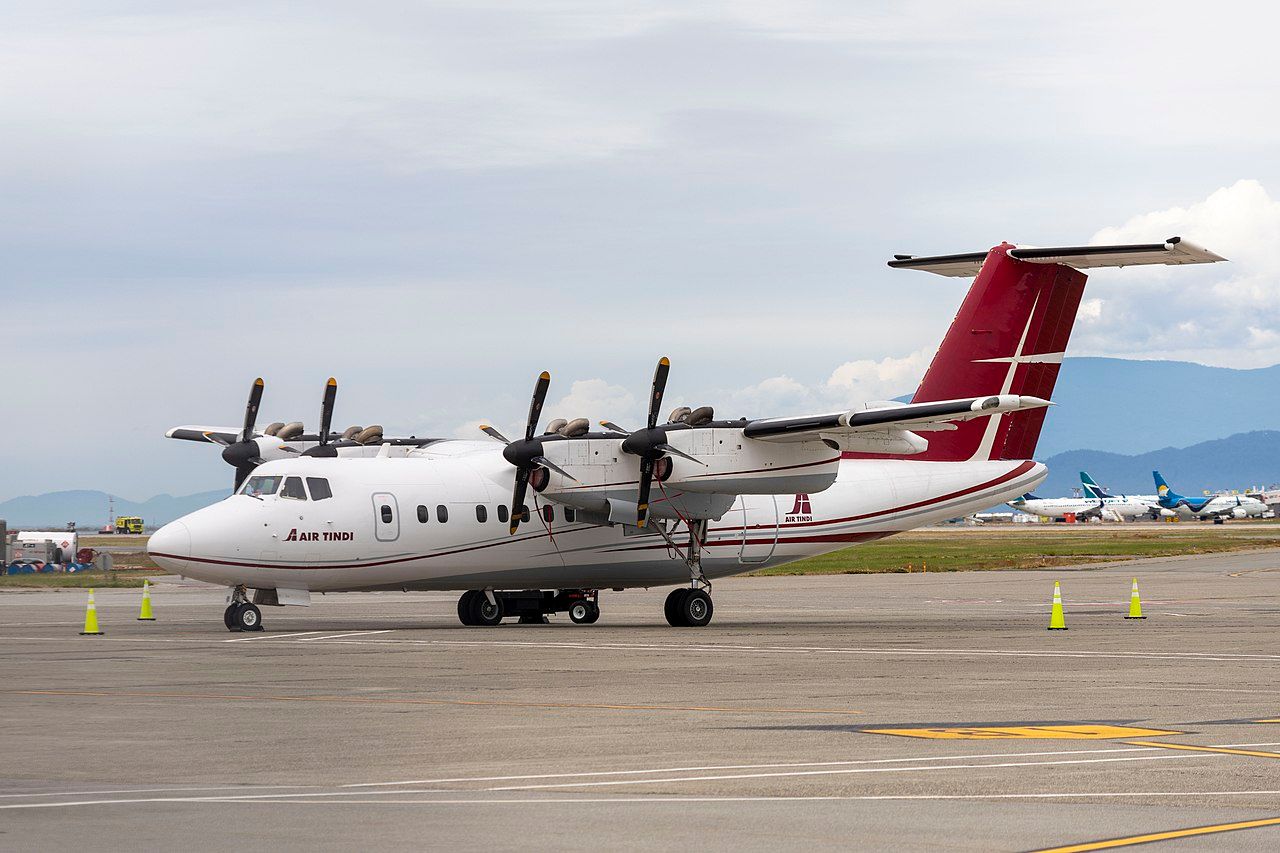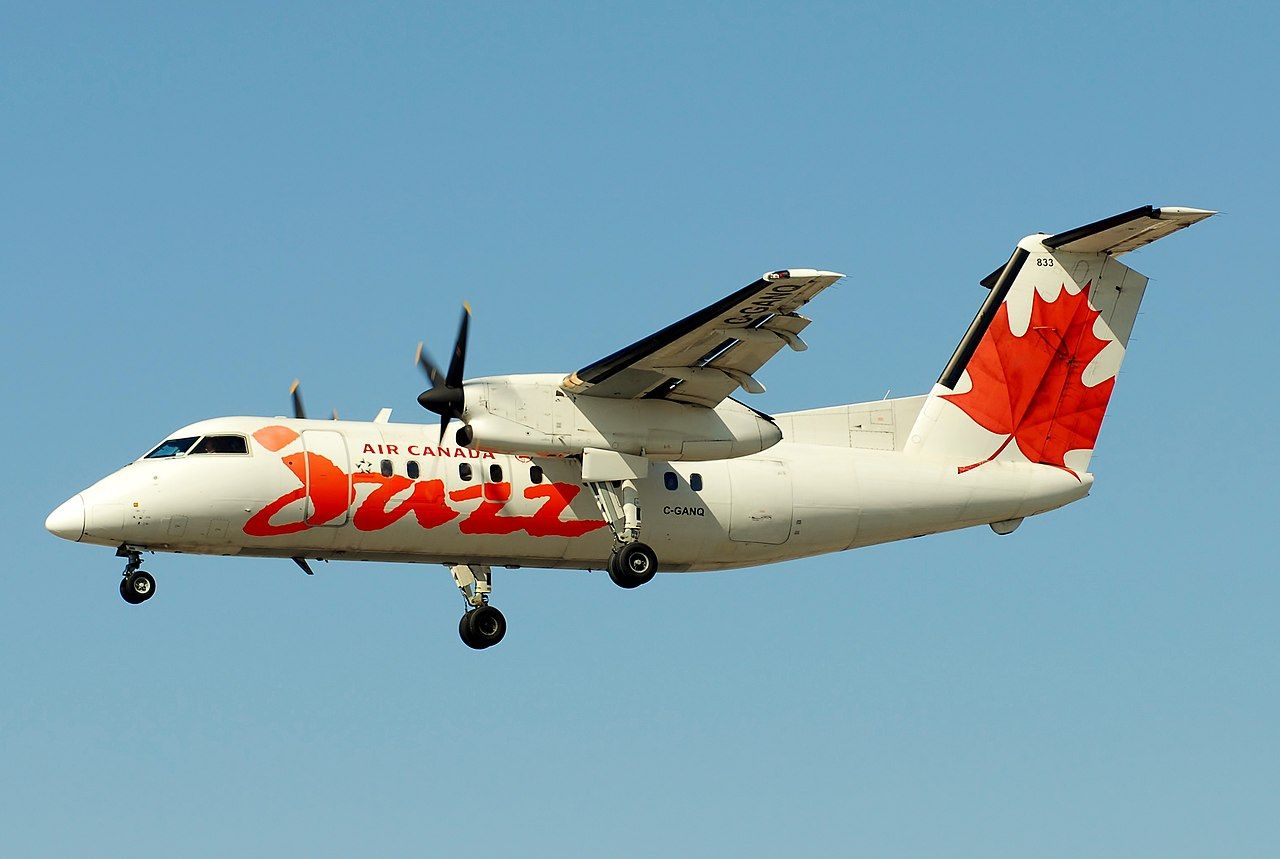Today we are going to take a look and see how the de Havilland Canada Dash 8 differs from the earlier de Havilland Canada Dash 7. Essentially a larger version of the popular DHC-6 Twin Otter with four engines instead of two, the high-wing four-engine Dash 7 was designed to carry up to 50 passengers and be able to operate out of airports with short runways.
Knowing that the Dash 7 had to compete with the Fokker 27 and the Hawker Siddeley 748, engineers at de Havilland Canada began working on the Dash 7 in the early 1970s. The prototype took to the skies for the first time on March 27, 1975, and following testing, entered service with Rocky Mountain Airlines on February 3, 1978, exactly 45 years ago today.
The plane was ideal for small airports in the mountains
Operating as Continental Express, thanks to a codeshare with Texas-headquartered Continental Airlines, Rocky Mountain Airlines wanted a plane with STOL capabilities. The Denver Stapleton Airport (DEN)-based commuter airline wanted a plane it could use to take skiers to the Colorado mountain resorts of Vail and Steamboat Springs.
Rocky Mountain Airlines also used the Dash 7 to fly to the highest commercial airport in the United States. Located six miles west of Telluride, in San Miguel County, Colorado, Telluride Regional Airport (TEX) is at an elevation of 9.078 feet. The Dash 7 also proved to be a popular aircraft in Europe, with Tyrolean Airways using it for flights between Innsbruck, Salzburg, and Vienna. Until the runway was lengthened at London City Airport (LCY) in 1992, the Dash 7 was one of the largest planes operating from the Docklands airport.
Most regional airlines did not care about STOL capabilities
While the Dash 7 and its STOL capabilities made it an ideal choice for small airports in the mountains, most regional airlines operated as feeder airlines flying into airports that had long runways. They also did not like the fact that the Dash 7 had four engines when planes with two engines, like the Fokker 27, were available.
Knowing that the Dutch planemaker was working on an improved version of the F 27 called the "Fokker F-50," de Havilland Canada decided to work on what would be called the "Dash 8." Keeping the same layout as the Dash 7, de Havilland Canada approached Pratt & Whitney Canada and got them to build the PW100 an engine with twice the power of the PT6 engines used on the Dash 7.
The launch customer for the Dash 8 was NorOntair
When the prototype Dash 8 rolled out of the hangar on April 19, 1983, more than 3,800 hours of testing had been done on the engines. The Dash 8s maiden flight took place on June 20, 1983. Certification then followed six months later before entering service with launch customer NorOntair in 1984. Maryland-headquartered Piedmont Airlines became the first8 American airline to operate the Dash 8 the same year.
When we look at how the Dash 8 differs from the Dash 7, the first thing that strikes you is that it has two engines rather than four. The Dash 8 is less expensive than the Dash 7 and has lower maintenance costs. Its new, more powerful turboprop engines make it faster than the Dash 7. It can carry more passengers and is generally more robust than its predecessor. Where the Dash 8 cannot compete with the Dash 7 is STOL capabilities.
Love aviation history? Discover more of our stories here



